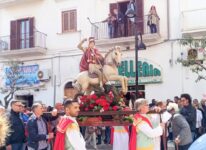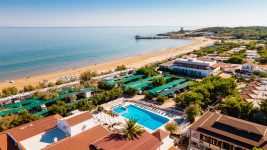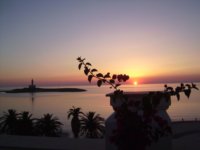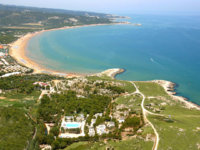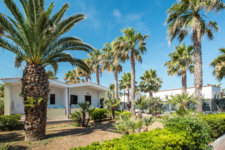In the picturesque city of Vieste, overlooking the immensity of the Adriatic, we can find traces of the presence of an ancient Jewish community, whose impact is still perceptible today.
The Giudecca Viestana
The ancient Jewish quarter, known as the Giudecca, was located in the medieval village of the city and hosted the Viestana Jewish community since at least the 10th century.
It grew significantly after 1223, when it welcomed many Jews who survived the earthquake that destroyed Siponto. Over time, some earthquakes have redesigned the landscape, transforming part of the area into a small square overlooking Punta San Francesco.
Even today, "via Judeca", a narrow street that ends in a terrace overlooking the sea, is a tangible symbol of this legacy.
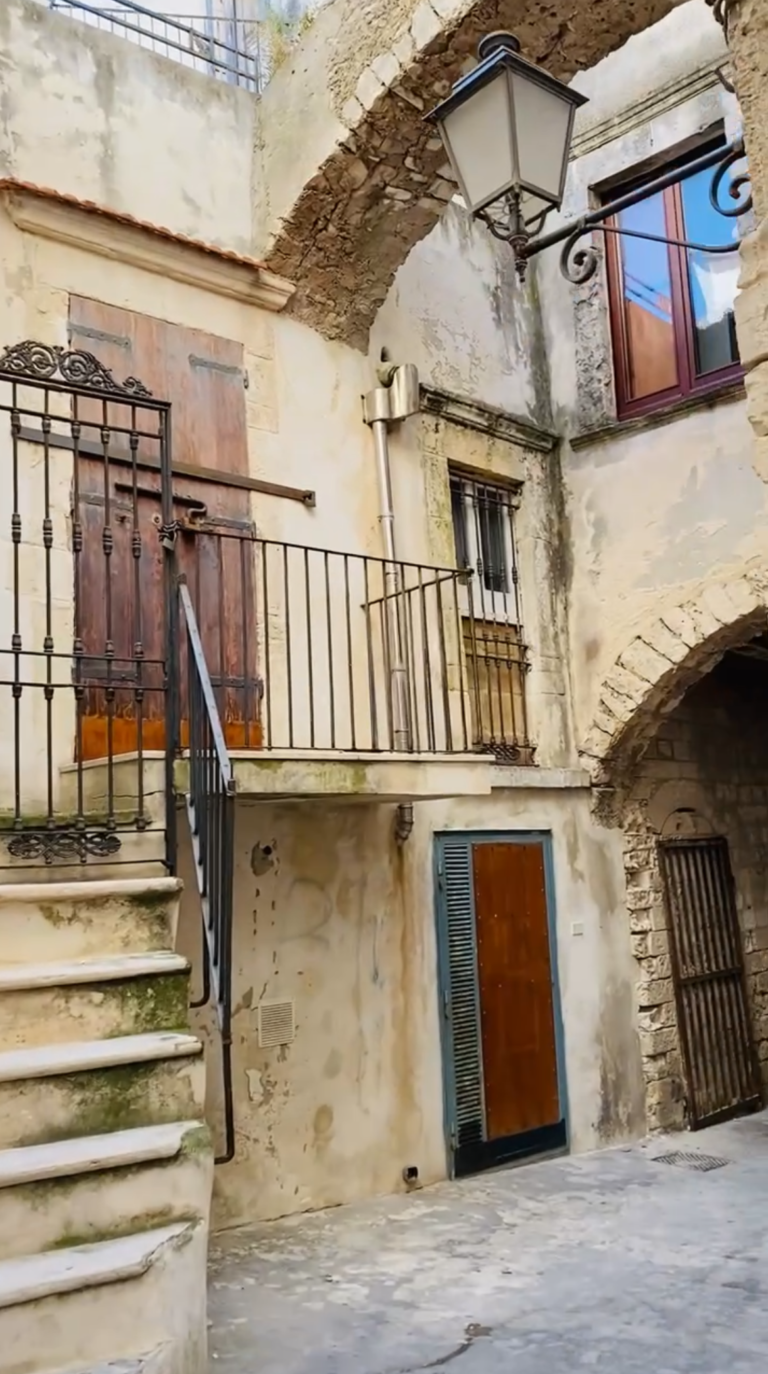
The Jews of Vieste
The Jewish community of Vieste, with the presence of skilled artisans and dyers, prospered thanks to maritime trade, contributing significantly to the local economy.
A prominent figure was Ysaq b. Shelomoh dal Barri, a Jewish doctor and copyist from the south of France.
In 1455-56, he translated Guglielmo de Saliceto's treatise “De Chirurgia” into Hebrew. The copyist was deeply struck by the vastness of the sea surrounding Vieste, a city that seemed to float on the water. This impression inspired him to select a relevant passage from the Bible, Psalm 104, to express both his feelings and the moment he completed his work. «I completed – he wrote – this book here in Vieste, located on the sea, thirty miles in the middle of the sea, in the year: “Behold the great and vast sea on all sides”. The date is represented by the sum of the numerical value of the Hebrew letters, appropriately marked, which constitute the expression «and vast» (ורחב) (cit. C. Sirat, M. Beit-Arié, Manuscrits médiévaux en caractères hébraiques portant des indications de date jusq'à 1540, I-II, Jerusalem-Paris 1472-1979, II, 88., source Tel Aviv University https://www7.tau.ac.il/omeka/italjuda/items/show/1096#_ftn3 ) .
Following the pirate invasions, some political events such as the expulsion of the Jews from Spain in 1492 and from the kingdom of Naples in 1510, bull of Paul IV of 1555 and the earthquake of 1646 which destroyed the entire neighborhood, the Viestana Jewish community lost importance until it disappeared.
The presence of the Jewish neighborhood is indicative of the historical roots and cultural influences that have shaped Vieste. Like many other places in the Mediterranean, Vieste is a melting pot of cultures, a place where Greek, Latin, Jewish, Christian and Eastern traditions intertwine and blend. This rich cultural blend has helped create Vieste's unique fabric, making it not only a living testimony to the past, but also a shining example of how different cultures can coexist and enrich each other along the banks of time.



 Turismovieste.it is created by
Turismovieste.it is created by 




